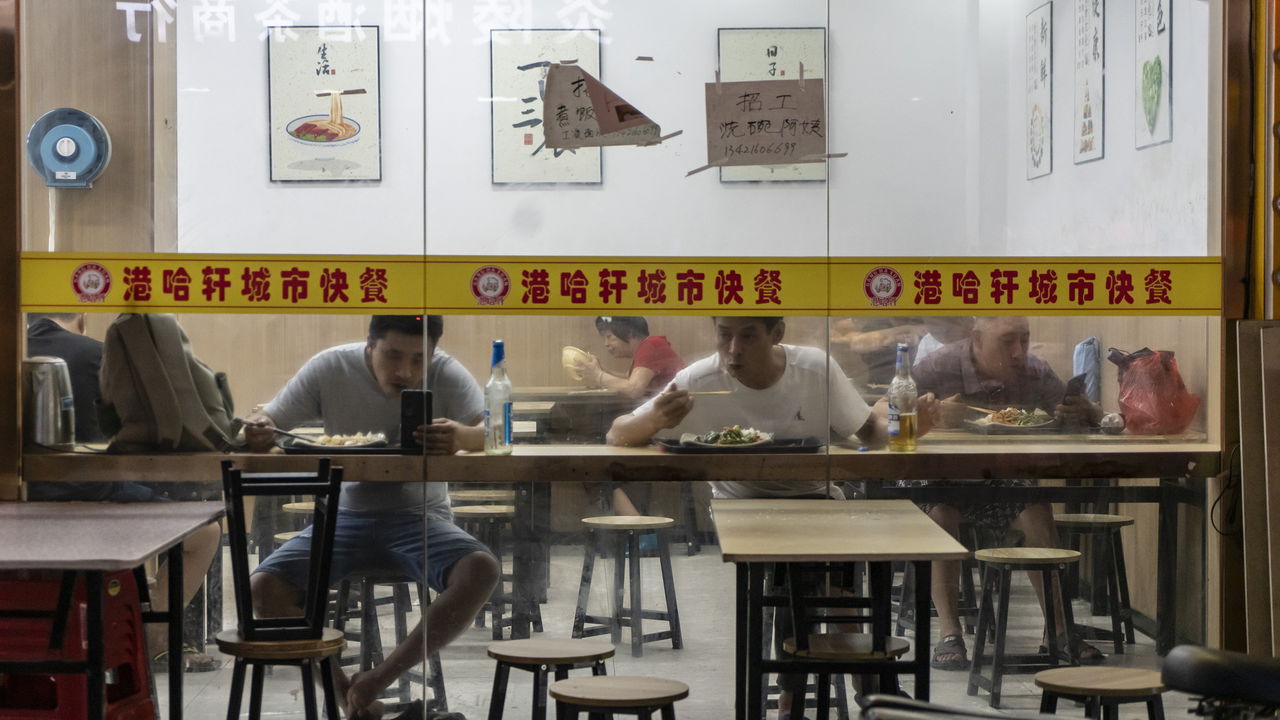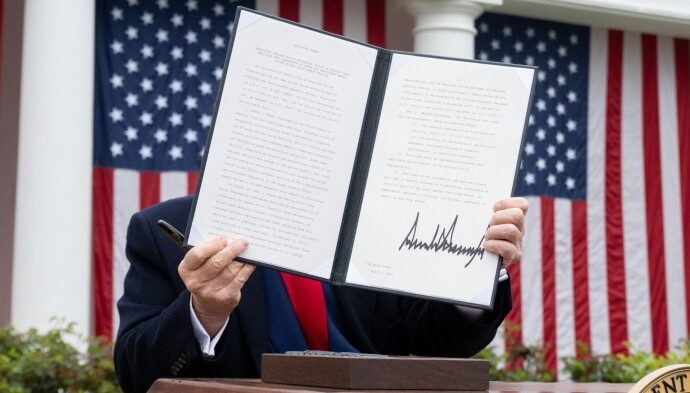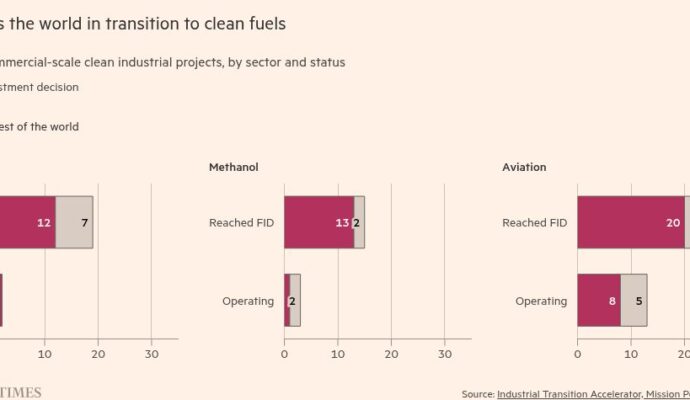
Your browser does not support the <audio> element.
CHINESE PANCAKES, pepper-beef stir-fry, fish with pickled mustard greens: to the average diner in China, these must sound like normal food orders. But to the staff at some restaurants they represent something else. These are code words that customers can use to signal that they would like a free meal. Such charitable schemes are becoming more common, as the Chinese economy sags. And restaurant owners report that an increasing number of people are using the code words.
Huang Ming has offered free bowls of noodles or dumplings since he opened his restaurant in the south-western city of Chengdu eight years ago. Back then, he says, only a few free bowls were claimed each month. Now his restaurant hands out dozens, usually to people in their 20s and 30s, says Mr Huang. China’s youth-unemployment rate has been over 16% since July.
Most of the restaurant owners offering free meals appear motivated by compassion. Mr Huang recalls his own experience nearly a decade ago. Hungry and struggling, he walked into a restaurant he could not afford and left with a full stomach. The cost of such kindness tends to be manageable. And today there is also a marketing benefit. Users of Dianping, a restaurant-review app, and Xiaohongshu, China’s answer to Instagram, share photos of signs advertising free meals. Commenters often vow to frequent benevolent eateries.
Most people in China do not need a free meal, but many are spending less on food. Young people are going to canteens for senior citizens, where they can buy tasty dishes at discounted prices. Cheap food courts beneath malls and office buildings have become lively lunch spots. Some eateries promote inexpensive options called “poor man’s meals”. Users of delivery platforms are making their orders more affordable by choosing an option that allows them to share costs with other users nearby.
The food industry, like other sectors of the economy, has suffered from the public’s thriftiness. National restaurant chains report lower average spending per customer. Beijing’s big food and beverage companies saw their profits fall by 88.8% year on year in the first half of 2024, according to city statistics. Mr Huang says his restaurant may have to close because of declining revenues. That danger will not stop him from offering free meals, though.■
Subscribers can sign up to Drum Tower, our new weekly newsletter, to understand what the world makes of China—and what China makes of the world.
The Economist


